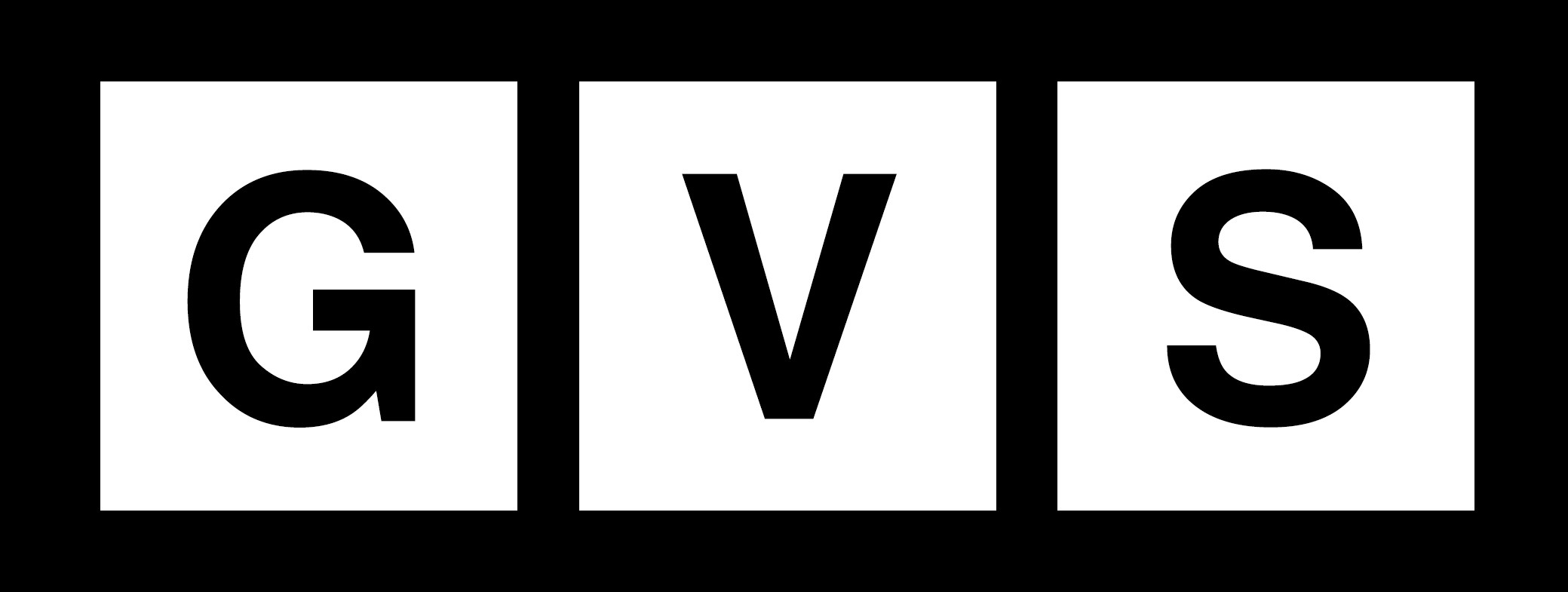Elon Musk’s Starlink is facing increasing competition in the global satellite internet market, as China accelerates its own space-based ambitions. The state-backed SpaceSail, controlled by the Shanghai municipal government, is emerging as a key challenger, alongside Amazon’s Project Kuiper. With Beijing investing heavily in satellite technology, the race for low-Earth orbit (LEO) dominance is intensifying.
China’s Satellite Expansion Plans
China is making a significant push into satellite broadband, with SpaceSail leading its international expansion. The company plans to launch 648 LEO satellites in 2025, with a long-term goal of deploying 15,000 satellites by 2030. This initiative is part of Beijing’s broader objective of launching 43,000 LEO satellites in the coming years.
Read More: Elon Musk unveils Grok 3 as AI competition heats up
SpaceSail has already secured agreements in Brazil and Kazakhstan and is in talks with over 30 countries. The company’s Qianfan satellite constellation, or “Thousand Sails,” represents China’s first major foray into global satellite internet services.
China launched a record 263 LEO satellites in 2024, according to astrophysicist Jonathan McDowell, surpassing previous years and highlighting its rapid progress in space technology. The government is also investing in multi-satellite rocket launches to claim as many orbital slots as possible.
Geopolitical Concerns Over China’s Expansion
SpaceSail’s rapid expansion has raised concerns among Western policymakers, who fear China’s growing influence over global internet access. The American Foreign Policy Council has urged Washington to counter China’s satellite ambitions by strengthening digital partnerships with Global South nations.
A report from the think tank highlighted the risks of Beijing’s increasing control over digital infrastructure, warning that China could extend its internet censorship model through satellite services. Some critics view the Qianfan constellation as a space-based extension of China’s Belt and Road Initiative, which aims to expand the country’s geopolitical reach.
While China’s foreign ministry has downplayed concerns, stating that Beijing seeks space cooperation for mutual benefit, Chinese state media have praised SpaceSail’s ambitions. A government-affiliated newspaper described the company as having the capability to “transcend national boundaries, penetrate sovereignty, and unconditionally cover the whole world.”
Competition in the Global Satellite Market
Despite growing competition, Starlink remains the dominant player in satellite internet, with over 7,000 satellites in orbit. Musk’s company aims to expand its constellation to 42,000 by the end of the decade.
However, Amazon’s Project Kuiper is also ramping up efforts to challenge Starlink, securing deals with Brazil and Canada’s Telesat. The Brazilian government, which has had tensions with Musk, is actively exploring alternatives to ensure high-speed internet access in remote regions.
China’s satellite ambitions extend beyond SpaceSail, with state-backed firms such as Hongqing Technology also working on satellite constellations. In 2024, investors linked to the Chinese government injected 340 million yuan ($47 million) into Hongqing, while SpaceSail raised 6.7 billion yuan ($930 million) in a separate funding round.
China’s Military Interest in Space-Based Technology
China’s growing satellite presence is not just about commercial expansion but also has military implications. The Chinese military is investing heavily in space-based technologies, particularly in tracking and countering Starlink.
Researchers from China’s National University of Defense Technology have studied Starlink’s role in the Ukraine conflict, prompting increased funding for alternative satellite networks. Chinese scientists have also been developing algorithms to track Starlink’s constellation, drawing inspiration from natural phenomena like humpback whales’ hunting strategies.
Additionally, China has significantly increased its patent filings for LEO satellite technology, with 2,449 patents published in 2023, up from just 162 in 2019. This rapid technological development suggests that Beijing is aiming to close the gap with Western space companies.
Read More: Musk reacts to claims of secret child with US influencer
As the space race heats up, Starlink faces growing competition from both China and private-sector rivals like Amazon. With Beijing pouring resources into satellite technology and forming strategic partnerships worldwide, the battle for global internet dominance is far from over. With tens of thousands of satellites set to launch in the coming years, the geopolitical and commercial stakes in the satellite internet market have never been higher.


